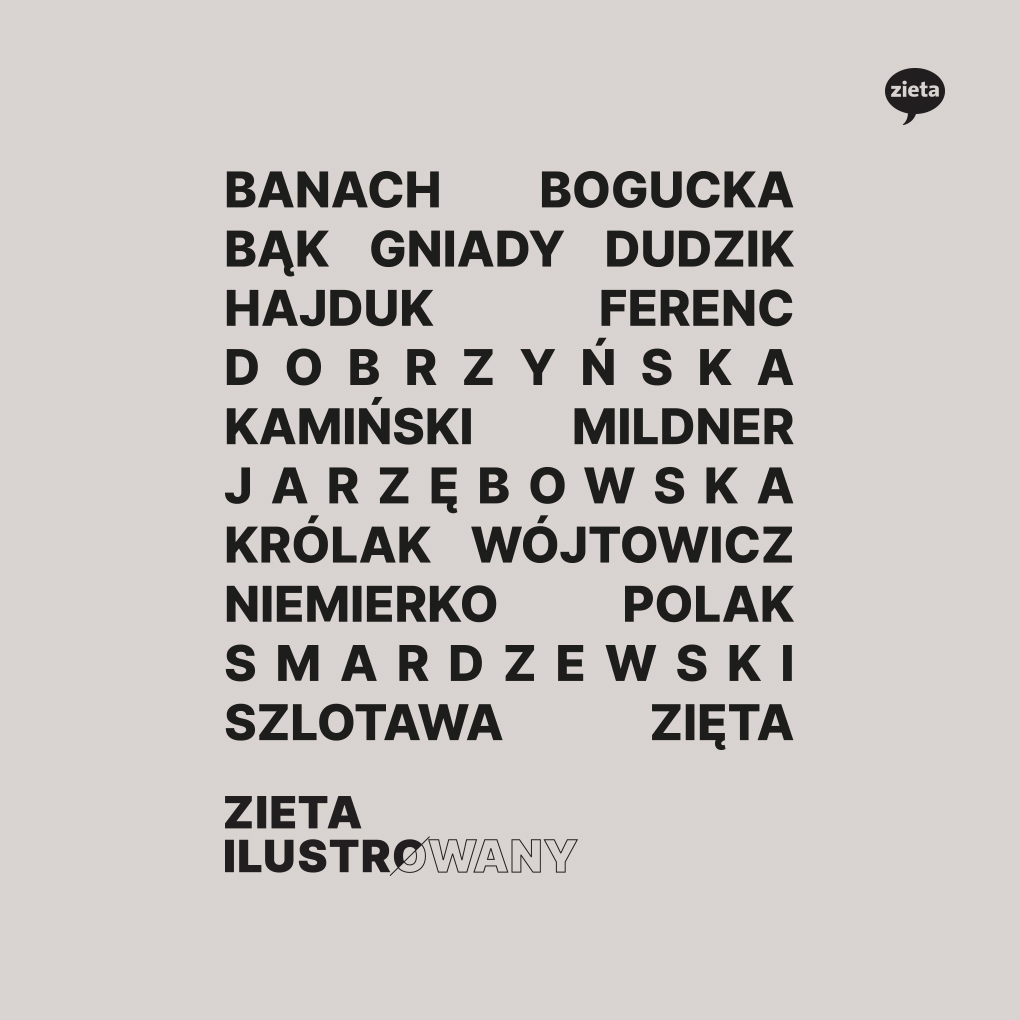-large.jpg)

-large.jpg)

-large.jpg)

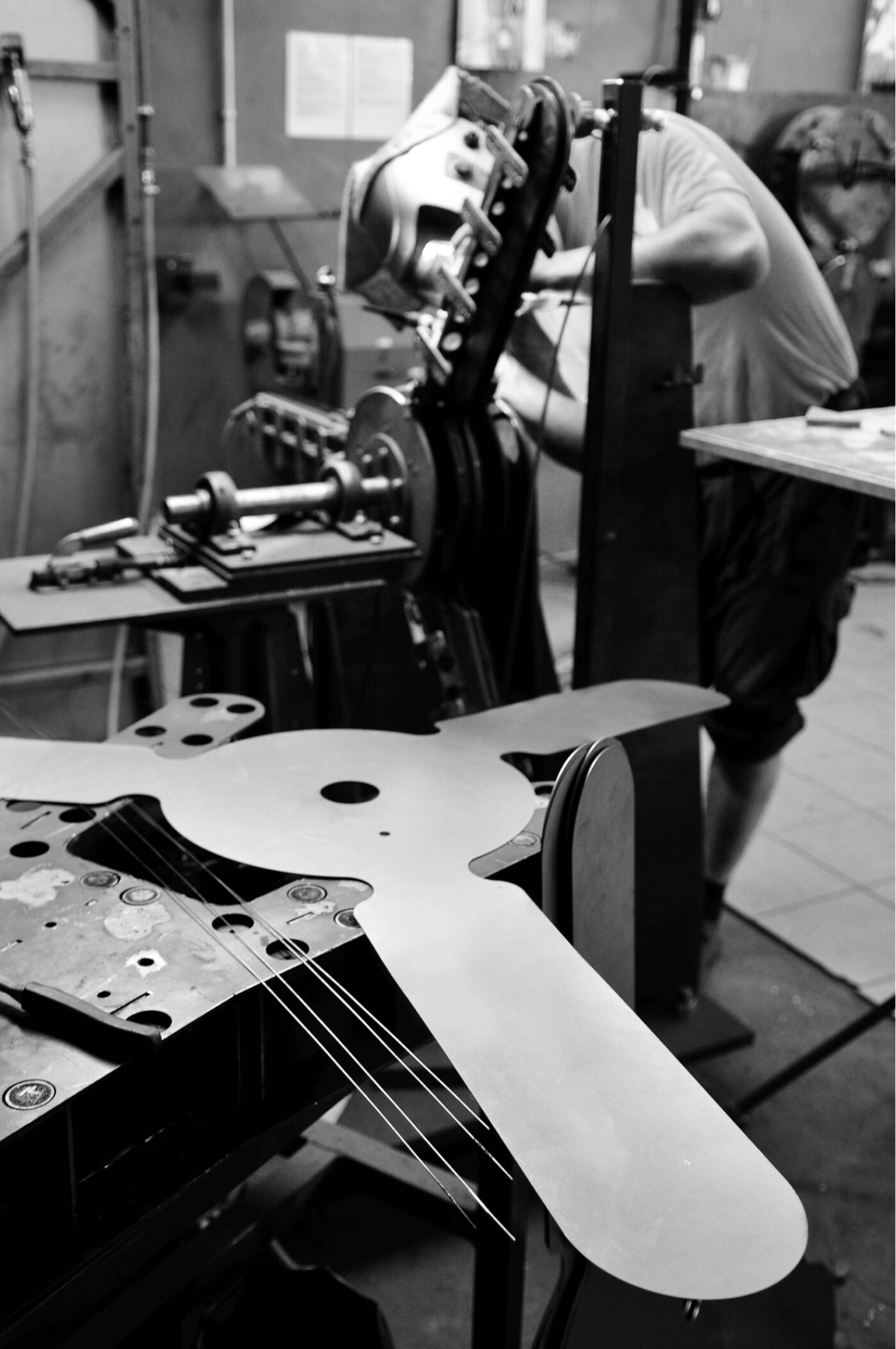
-large.jpg)
-1-(1)-(1)-large.jpg)
During the evolution, different versions of PLOPP appeared. The early ones had sharp legs that narrowed towards the bottom. Earlier examples were deformed with water, not air, continuing to use hydroforming, the Innenhochdruckumformen (IHU) technology which was the starting point for creation of the proprietary Freie Innendruck Umformung (FiDU) technology, which fascinates Zięta to this day.

Discover the record-holder →
-(1)-large.jpg)
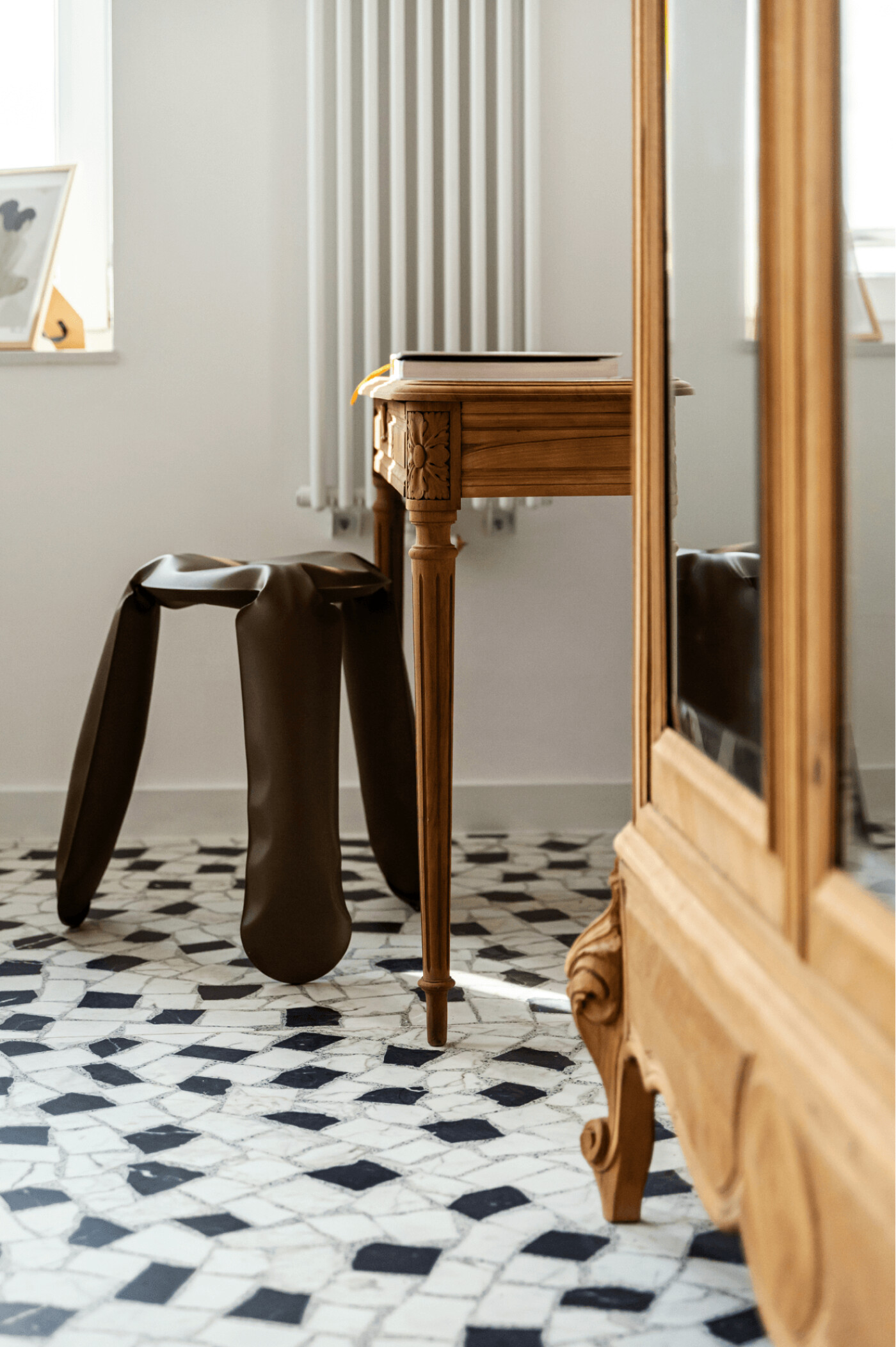


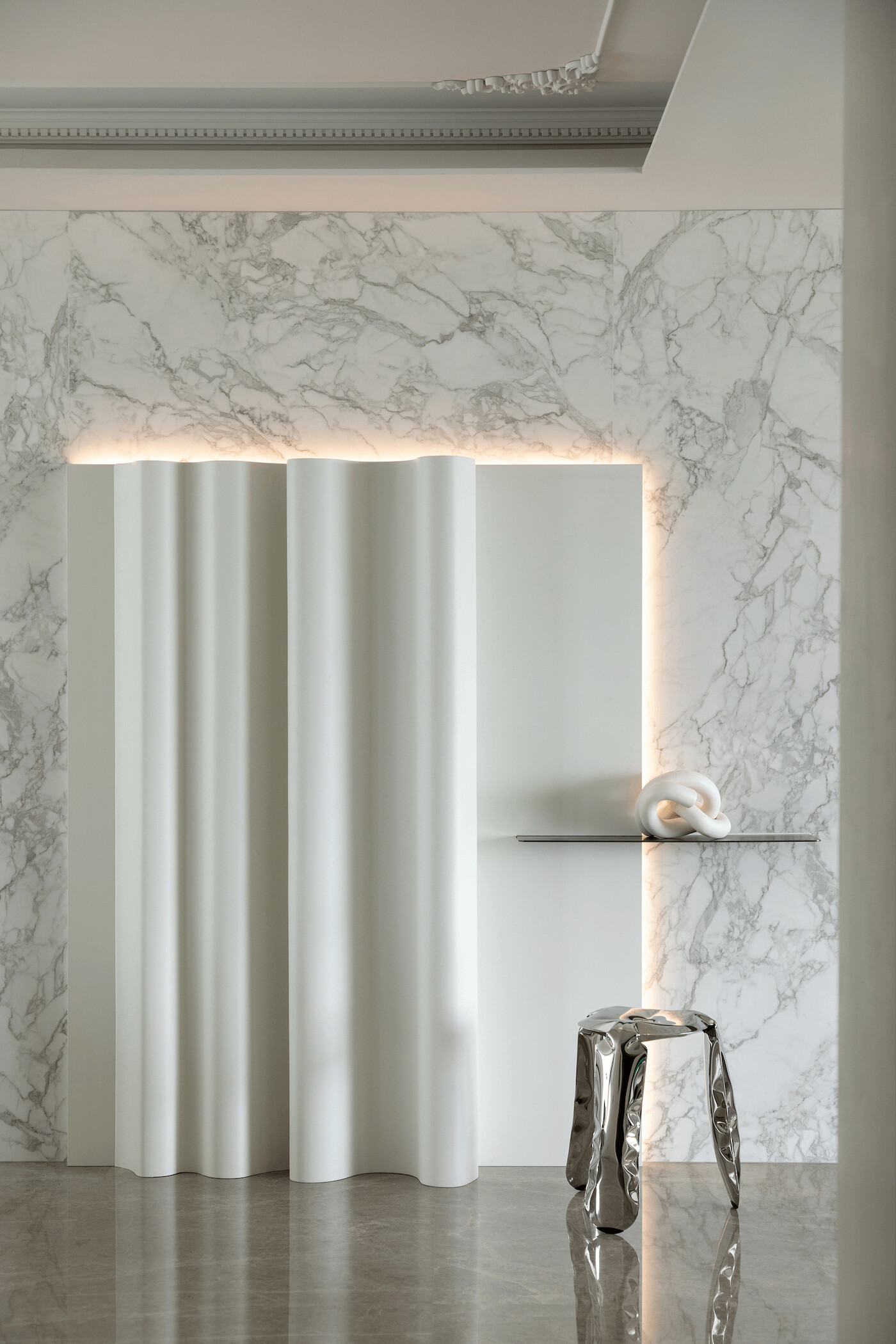
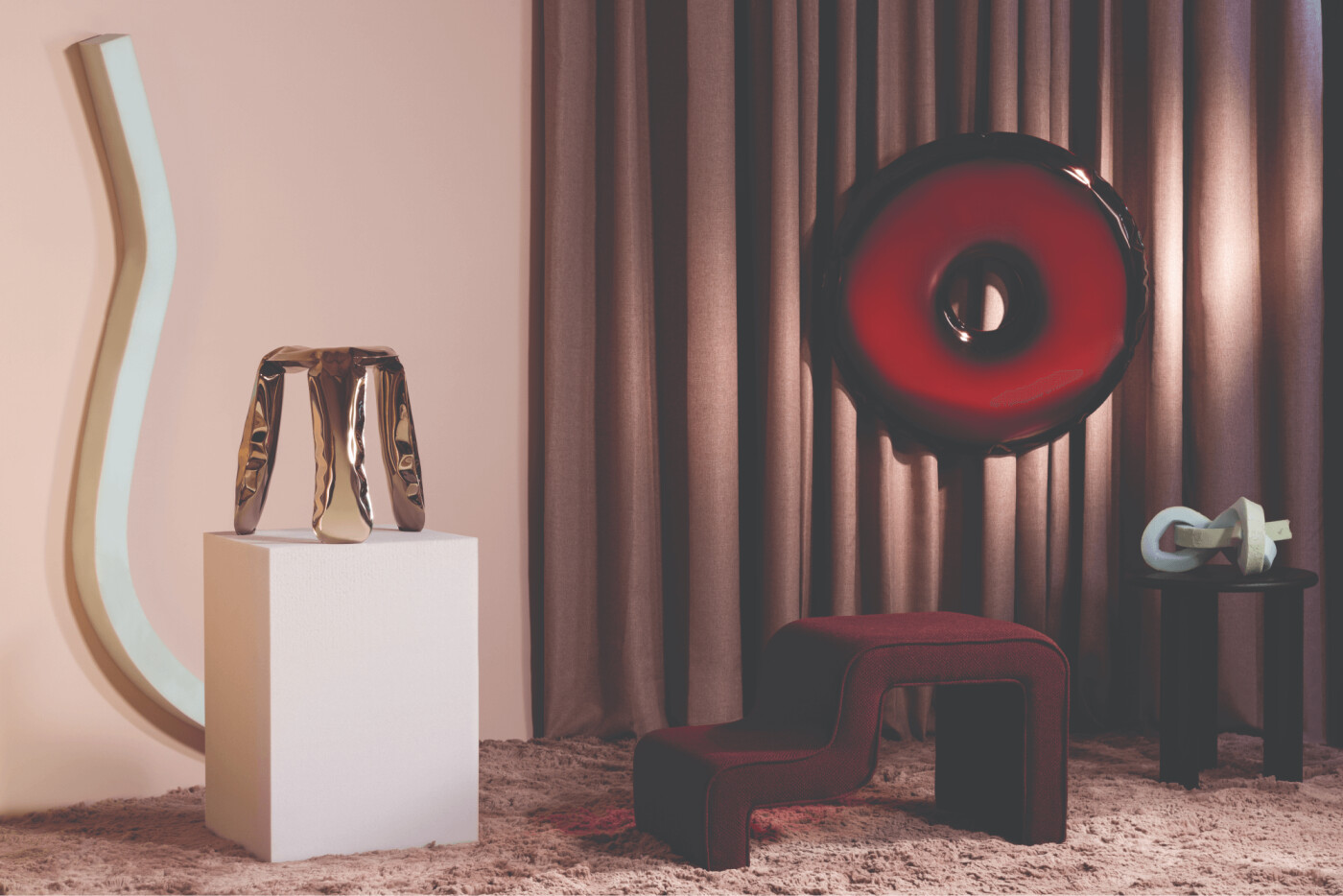


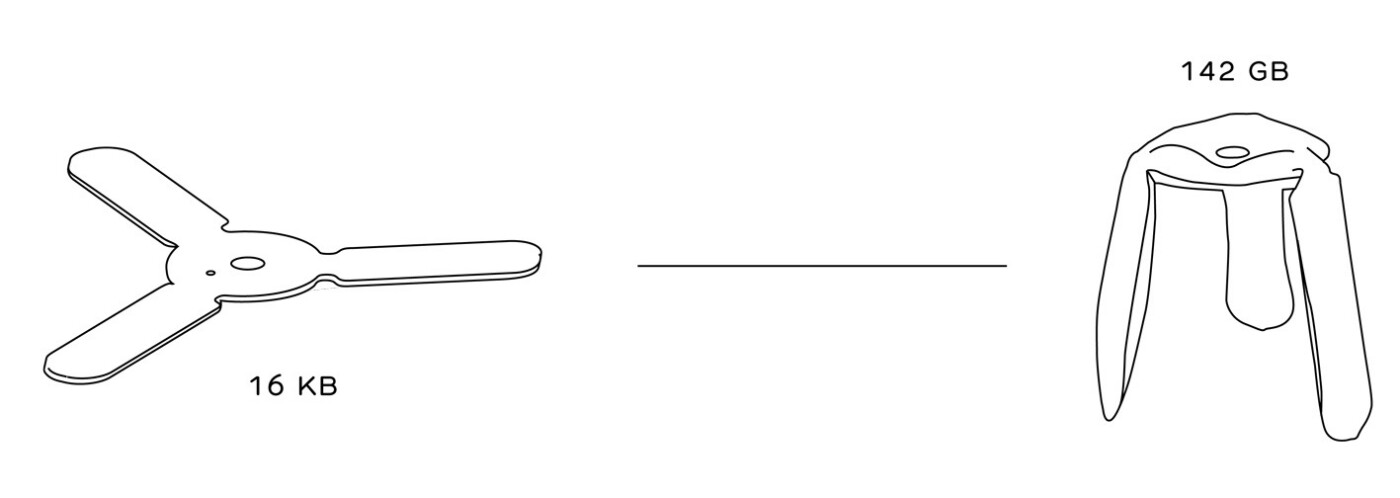





.jpg)
